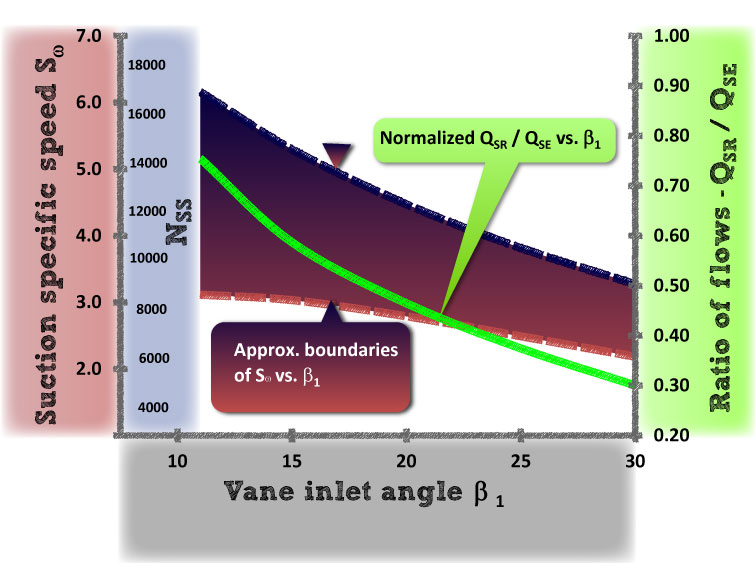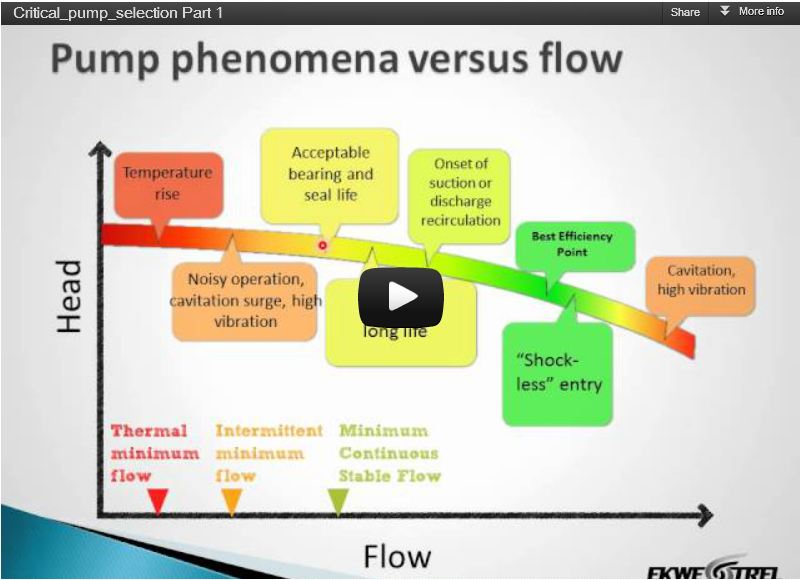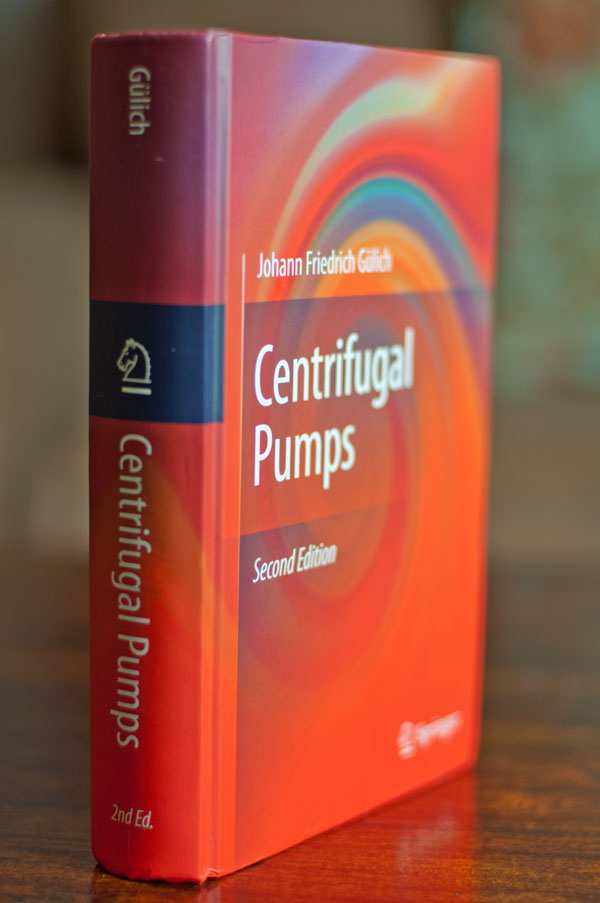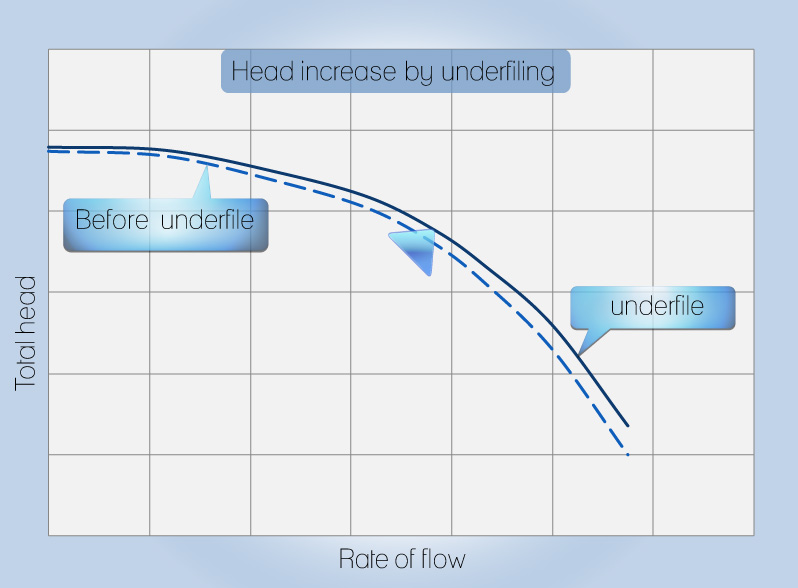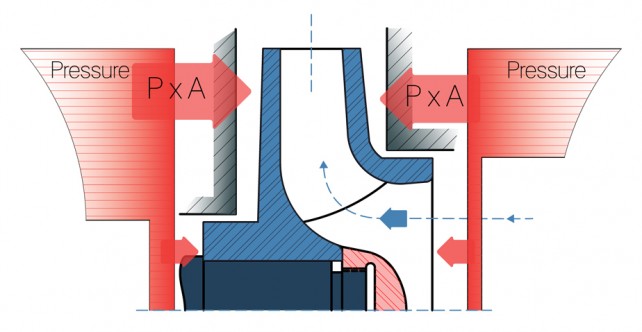Centrifugal pump design and manufacturing has been around for over 200 years. If there were an ideal impeller vane number, it seems likely someone would have discovered it by now. However, just because an ideal vane number has not yet been established is not sufficient reason to consider it doesn’t exist. Single stage pump and […]
What is the connection between Suction Specific Speed and Minimum Flow?
The connection between suction specific speed Sω (NSS) and minimum flow (Qmin) is that, in general, a higher value of Sω (NSS) is associated with a higher value of Qmin. Beyond that generalized statement, however, there is wide range of deviation and exception. For rotodynamic (centrifugal, mixed-flow and axial flow) pumps suction specific speed is the main […]
Critical Pump Selection Webinar – Video
After the success of my webinar, I am making a recording of it available for everyone who was not able to attend, and those who wanted more time to go over the material and illustrations. Thanks again to everyone who attended the live webinar! If you want to hear about future webinars, subscribe now for […]
Centrifugal Pumps Second Edition – A Book Review
The first pump text book I purchased when I began my career in pump engineering 36 years ago was Centrifugal and Axial Flow Pumps by A.J. Stepanoff. At the time, in the US anyway, that book was considered an essential text on the subject for centrifugal pump engineers. Gülich’s Centrifugal Pumps Second Edition is now today’s […]
Impellers – why underfile?
Underfiling is the removal of material from the underside (also back side, “non-working” side, or suction side) of an impeller vane at the inlet or the exit. In this article, underfiling will refer to the exit. The terms “underfiling”, “back-filing”, “S2 cutting”, and “Sv cutting” are equivalent. There are probably others. A related term is […]
Should pump users care about axial thrust?
Normally the user shouldn’t have to care about axial thrust. Pump failure from an axial thrust-related problem is relatively uncommon. But very few, if any, pumps are entirely immune to this class of problem. Why is this? First of all, a rotating single-entry impeller wants to move in an axial direction and usually with lots […]

